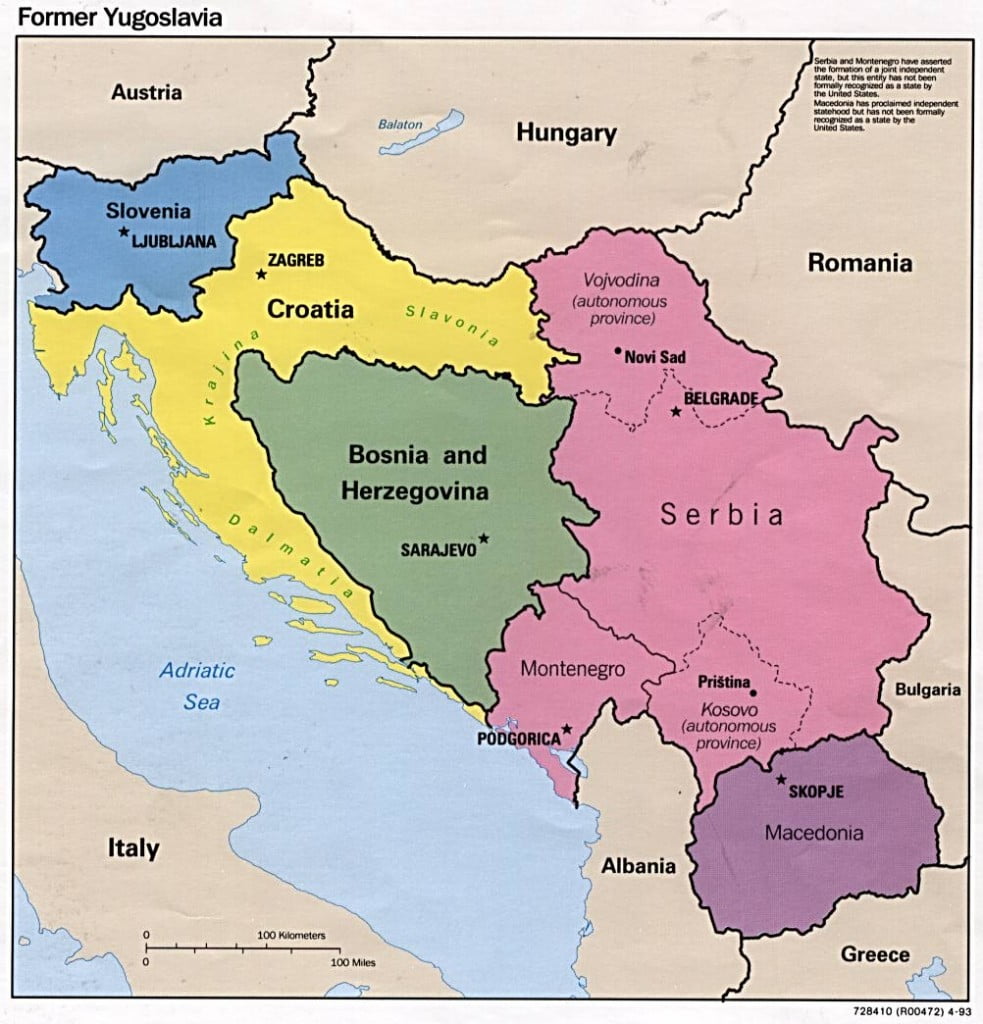Over the past two decades, the world has seen the birth of ten new countries. Some have evolved out of violence or political unrest, while others are the result of peaceful independence movements and diplomacy. So, what are some of the world’s youngest countries?
Well, in Europe, the three newest countries are Serbia, Montenegro, and Kosovo. Just three decades ago, these were all part of one huge communist state, called Yugoslavia. Throughout much of the 20th century, Yugoslavia was ruled by Josip Broz Tito, whose autocratic reign kept the country’s ethnically diverse population and six self-governing republics unified. But upon Tito’s death in 1980, ethnic tensions flared, and one-by-one, these republics became sovereign states.

Two of them, Serbia and Montenegro, united as a single nation in 1992. But the unified Serbia and Montenegro quickly ran into problems. Although Montenegro was much smaller than Serbia, its economy was stronger and proportionally, contributed more than Serbia. Montenegrin leaders thought that independence would further strengthen the economy, as well as boost tourism and provide a faster path into the European Union. So, with a 2006 referendum, Montenegro split from Serbia, forming two independent nations.
Meanwhile, tensions ran high in the southern Serbian province of Kosovo. This self-governing region was once the center of Serbian culture and society. But over the course of several centuries, its population shifted toward predominantly Muslim ethnic Albanians, replacing the mostly Christian Serbs. In the 1990s Serbia’s newly-elected president attempted to “Serbianise” Kosovo, taking control of its media, public offices, and even its school curriculum. Ethnic Albanians fought back, carrying out non-violent uprisings and, eventually, a major guerilla offensive against Serbian police and politicians. Serbian forces responded with a ruthless ethnic cleansing program.
Despite a 1999 NATO-led peace accord, violence continued into the 21st century. Finally, in 2008, with US and EU support, Kosovo broke away from Serbia, forming its own country.
But even younger than these post-communist states is South Sudan, which declared independence in 2011. Sudan and South Sudan had been at odds since Sudan originally formed in 1956. The conflict was due to a largely Christian and non-Muslim south feeling unrepresented and oppressed by the Arab and Muslim north. After more than fifty years of conflict, including two civil wars and an estimated two million Sudanese deaths, the north and south signed a peace deal, granting secession for the south. In a 2011 referendum, nearly 99 percent of South Sudanese voters chose independence, and the country quickly gained international acceptance as a sovereign state.

However, South Sudan has since spiraled into a brutal civil war, widespread poverty, and an ongoing humanitarian crisis.
So whether it be in Africa, Europe or elsewhere, the road to independence is almost never easy. Some countries, like Montenegro, have fared much better on their own. While others, like Kosovo, continue to struggle. Kosovo is still far from accession to the EU and is now one of the poorest countries in Europe. So, while going it alone may seem like the logical escape from ethnic violence and political instability, autonomy is often its own beast.







